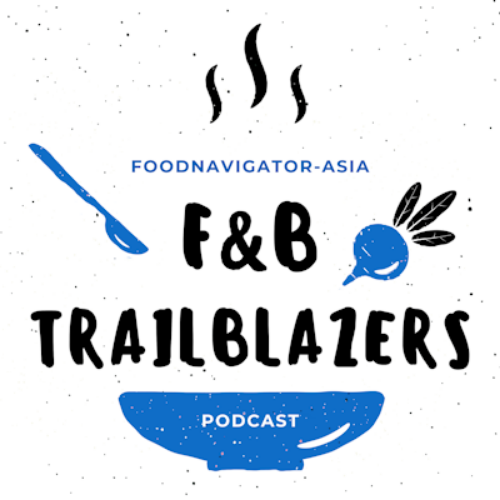Road to RIG: Nestle maintains optimistic outlook for non-price driven growth despite Q1 setbacks in APAC

Nestle recently released its three-months sales report for Q1 2024, announcing a total year-on-year decrease in reported sales by 5.9% to CHF22.1bn (US$24.2bn) from CHF23.5bn(US$25.7bn) in the same quarter last year. No revenue or profit numbers were released.
This was mostly attributed to the impacts of foreign exchange causing a decrease in sales by 6.7%, but despite this the firm still reported an overall organic growth of 1.4% though this was still led by pricing (3.4% contribution) and not by real internal growth (RIG) which saw a
decrease of -2.0%.
Nestle uses RIG as a measurement of growth generated by volume and product mix/innovation, and considers this normalised growth as opposed to pricing-led growth which is led by price hikes.
Earlier this year, Nestle CEO Mark Schneider had acknowledged price-driven growth as an unsustainable means to long-term growth for the company, and stated that the firm was committed to move back to RIG-led growth in 2024.
The numbers shown in this most recent report have shown some progress towards this, including in the APAC region where both its Zone Asia, Oceania and Africa (AOA) and Zone Greater China showed lower pricing-led growth compared to the previous year.
Zone AOA reported 4.1% price-driven growth and -0.4% RIG in the first three months of 2024 (compared to 9.1% pricing and 1.3% RIG in the same period last year); whereas Zone Greater China reported 1.5% price-driven growth and 2.1% RIG (compared to 3.9% pricing
and -0.8% last year).
That said, the drop to a negative RIG value in Zone AOA indicates that the firm still has several mountains to climb before it can consider itself out of the woods, though Schneider said this start was ‘expected’ for the firm.
“We had expected a slow start [in the beginning of 2024], and from here we see a strong rebound in RIG in the second quarter with reliable delivery for the remainder of the year,” he told the floor during an investors’ webcast event.
“Emerging markets [including] Zone AOA are one key contributors to driving organic sales growth for Nestle, and we have implemented [a] wide range of growth initiatives which are now starting to deliver.
“At this point, we reiterate our 2024 expectations [of growth] and look ahead with confidence.”
Be affordable in Asia
With regard to Zone AOA in particular, the firm highlighted that numbers here were amongst the most affected by currency exchange values despite strong sales performance.
“Foreign exchange reduced sales by 13%, impacted by significant currency depreciation – [This was the reason] reported sales in Zone AOA decreased by 9.4% to CHF4.2bn (US$4.6bn),” he added.
“That said, by geography, India and the Philippines were amongst the key growth drivers here [and] in these markets, affordable offerings were the category that fuelled growth, led by brands such as Maggi and Nescafé.”
Conversely, the United States emerged as the most problematic market for the company, showing negative overall growth of -2.5% despite significant pricing adjustments (3.3%) due to poor RIG performance (-5.8%).
“The negative RIG was primarily driven by a decline in frozen foods, reflecting soft consumer demand for the category and intense price competition particularly in frozen pizza and snacks, as well as the winding down of our frozen meals business in Canada,” he added.
“We have stepped up our innovation intensity and commercial activities in this market, primarily in this frozen foods category which lost ground in the first quarter.”











